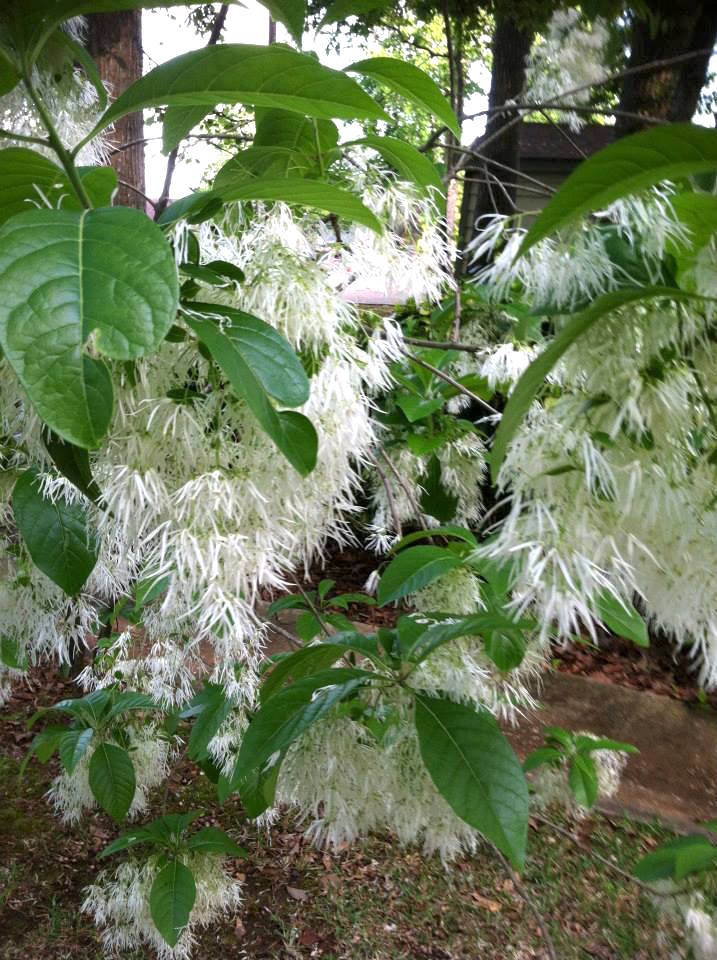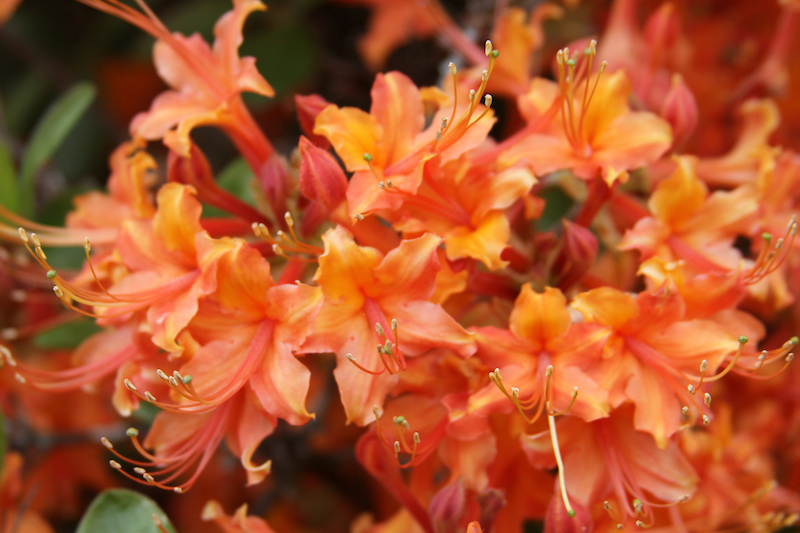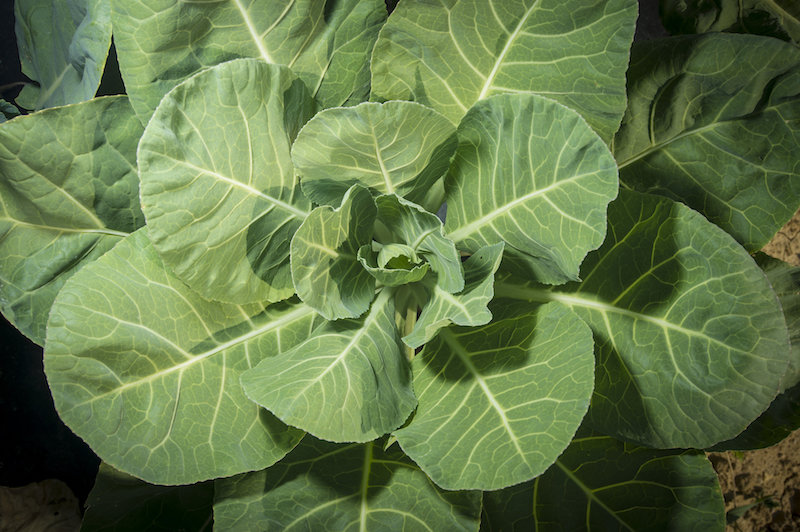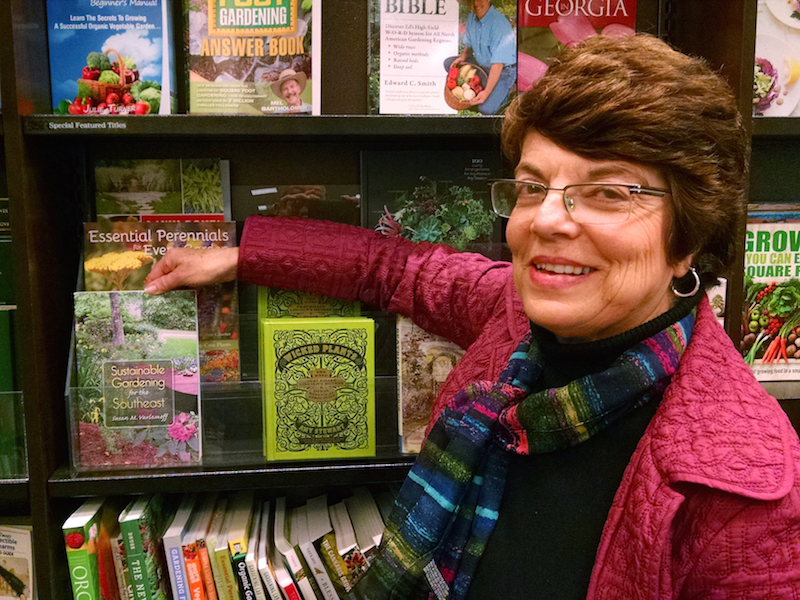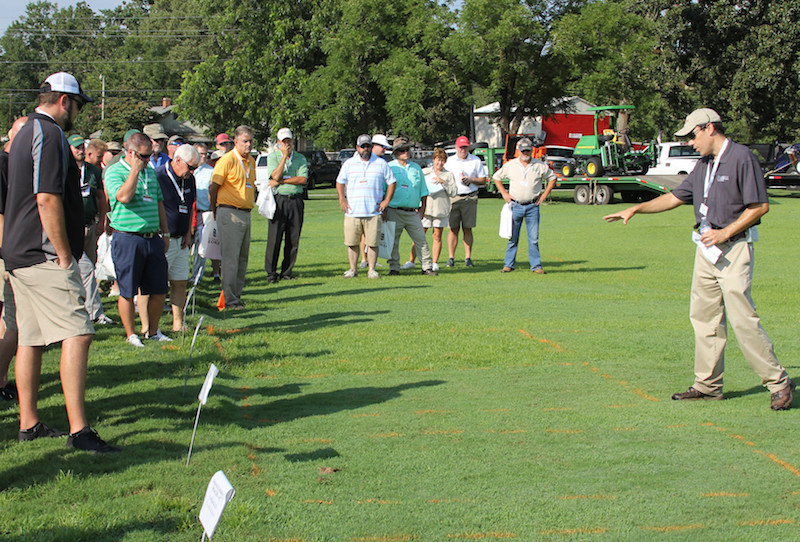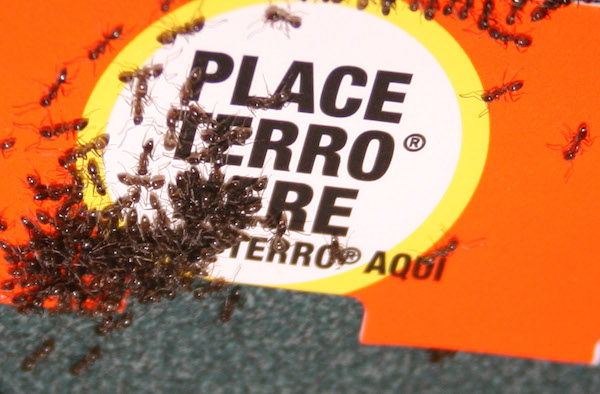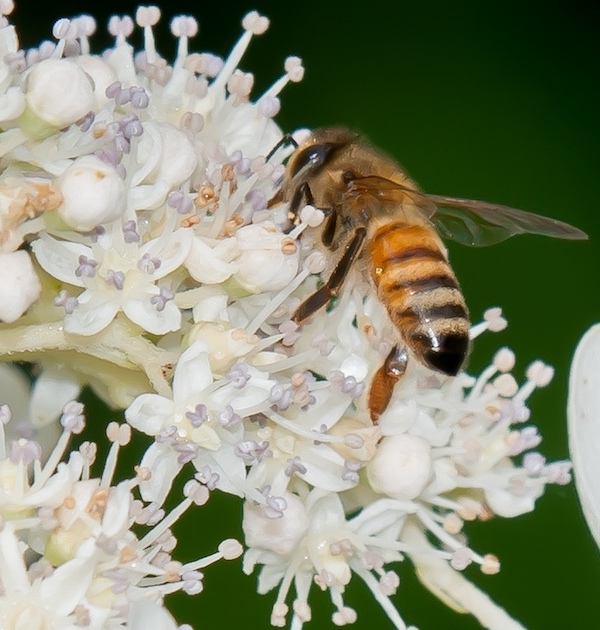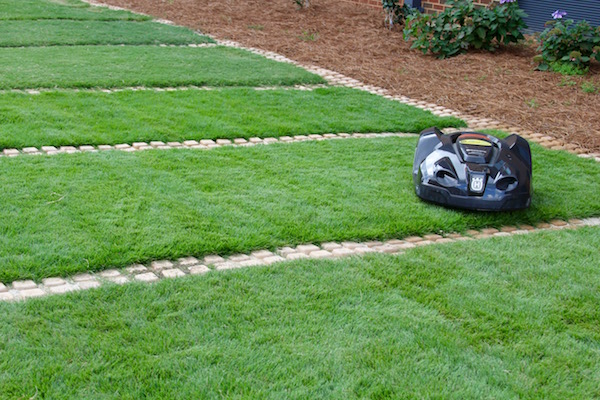 CAES News
CAES News
'Automower'
If you dread mowing the lawn, a new battery-operated mower, much like the popular Rumba vacuum cleaner, may be the product of your dreams. University of Georgia Cooperative Extension Turfgrass Specialist Clint Waltz is reviewing it.

